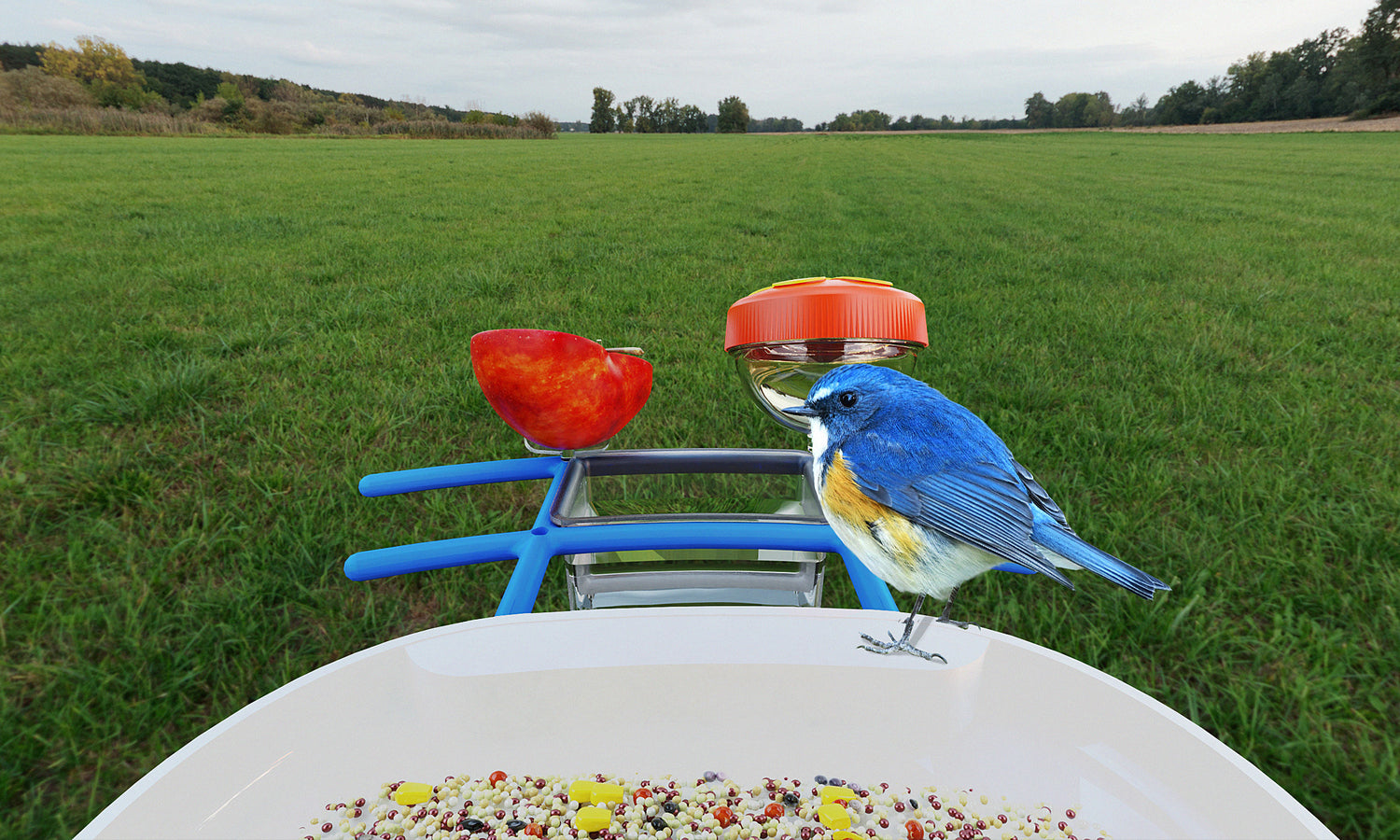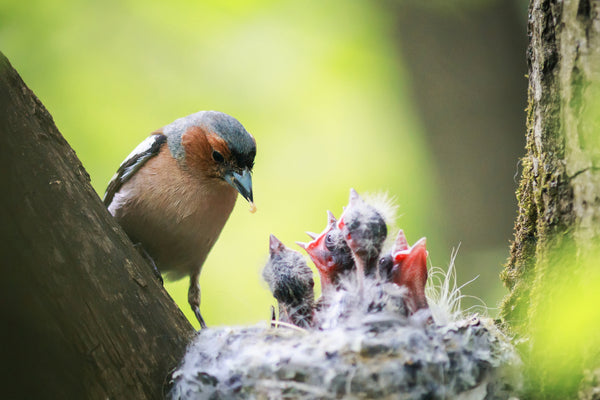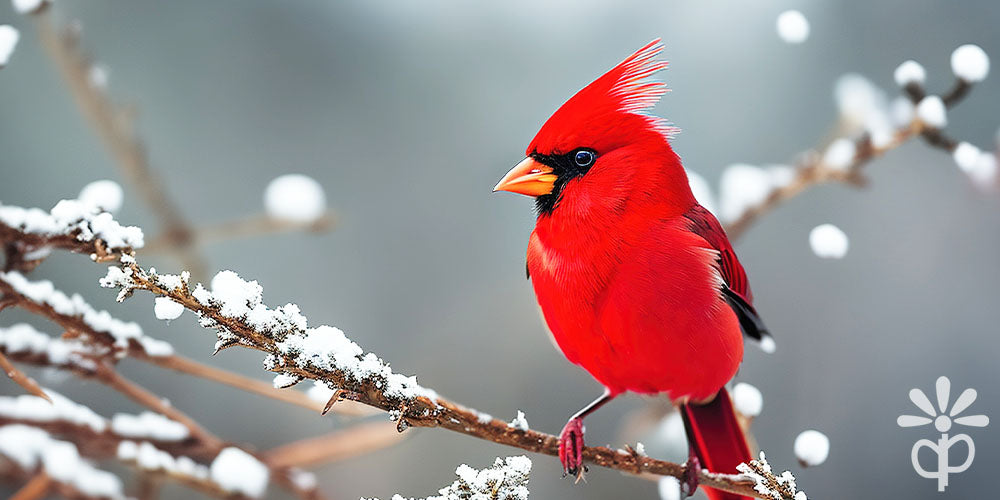Bird migration is one of nature's most spectacular phenomena, involving billions of birds each year who undertake extensive journeys across continents. These migrations are critical for their survival, enabling them to exploit different ecological zones during the year. To better understand and protect these avian travelers, scientists and researchers utilize bird migration maps, which are powerful tools that reveal the complex patterns and routes of bird migrations. This article explores how these maps are created, their importance, and the insights they provide into bird behavior and conservation.
The Phenomenon of Bird Migration
Bird migration is a seasonal movement, primarily driven by the availability of food and suitable breeding habitats. Birds migrate to take advantage of the optimal climatic conditions and resources that vary with the seasons. For instance, arctic terns travel about 71,000 kilometers between their breeding grounds in the Arctic and their wintering grounds in the Antarctic, making one of the longest migration journeys in the animal kingdom.
Creating Bird Migration Maps
Creating accurate bird migration maps involves several sophisticated technologies and methodologies for bird watching:
1. Satellite Tracking:
This technology involves fitting birds with lightweight satellite transmitters that send real-time data about the bird's location. This method is particularly useful for tracking long-distance migrations over oceans and remote areas.
2. Geolocators:
These small devices record light levels and timestamps, which can be used to estimate geographic locations based on day length and solar noon. When the birds are recaptured, the devices are retrieved, and the data is used to reconstruct their migration routes.
3. Radar:
Radar technology is used to detect flocks of migrating birds at night. This method provides information on the timing, altitude, and speed of migration.
4. Citizen Science Programs:
Programs like eBird, operated by the Cornell Lab of Ornithology, allow birdwatchers to contribute observations of bird movements, which are then compiled into massive databases used to map migration patterns.
Insights from Migration Maps
Bird migration maps offer invaluable insights into the behavior and needs of birds across different stages of their migratory journeys. Some of the critical insights include:
- Migration Routes and Stopovers: Maps highlight the routes taken by species and identify important stopover sites where birds rest and refuel.
- Species-Specific Behaviors: Different species have unique migration patterns. For example, some shorebirds fly non-stop for thousands of kilometers, while others hop between stopovers.
- Impact of Climate Change: Changes in climate can alter migration patterns, affecting the timing and routes of migratory birds. Migration maps help track these changes, indicating shifts in stopover sites and timings.
Conservation Applications
Bird migration maps are crucial for bird conservation, providing data that can lead to effective strategies:
- Habitat Protection: By identifying key habitats used during migrations, conservationists can prioritize their protection and management.
- Policy Making: Migration maps can inform policies on land use, hunting regulations, and conservation funding.
- Public Awareness: Sharing migration maps with the public can raise awareness about bird conservation issues and the global nature of many ecological challenges.
Conclusion
Bird migration maps are not just tools for scientists; they are vital instruments for conservation and understanding our world's ecological dynamics. They reveal the hidden journeys of birds and the interconnectedness of our global ecosystems. As technology and data collection improve, these maps will become even more detailed, providing clearer insights into how we can better protect our feathered travelers and the habitats they depend upon throughout their annual cycles and our PerchMe smart bird feeder will also help to record the birds movement which is the crucial proof for bird migration.










Leave a comment
All comments are moderated before being published.
This site is protected by reCAPTCHA and the Google Privacy Policy and Terms of Service apply.